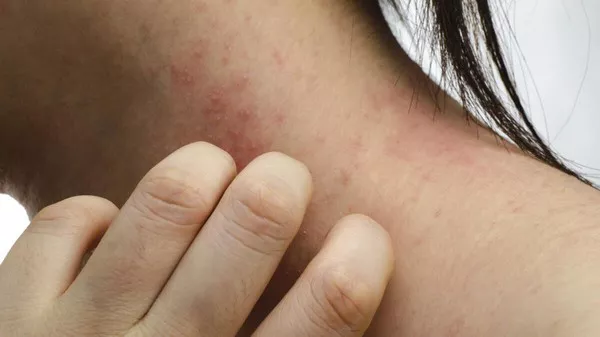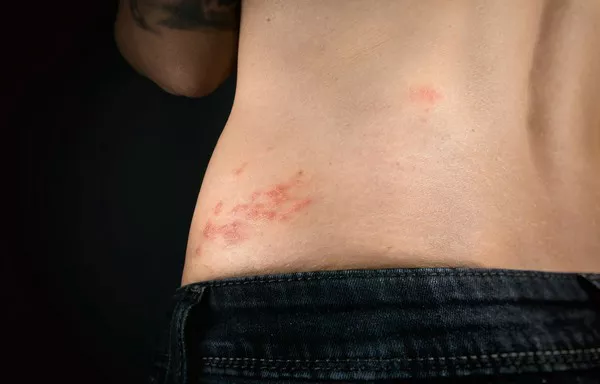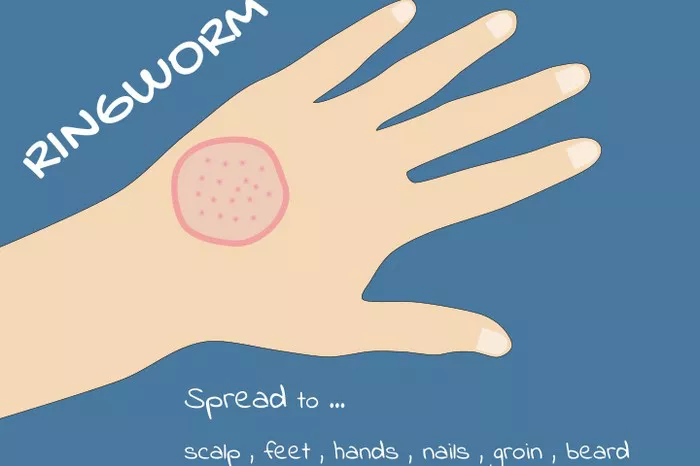Shingles, also known as herpes zoster, is a viral infection caused by the reactivation of the varicella-zoster virus (VZV), the same virus responsible for chickenpox. This condition is characterized by a painful rash and blisters that typically appear on one side of the body. Shingles can cause severe discomfort and, in some cases, lead to complications such as postherpetic neuralgia (PHN), a condition characterized by persistent nerve pain even after the rash has healed. One of the primary treatments for shingles is the antiviral medication acyclovir. This article explores the effectiveness of acyclovir in managing shingles, its mechanism of action, clinical evidence, dosage, side effects, and comparisons with other antiviral treatments.
Mechanism of Action of Acyclovir
Acyclovir is an antiviral drug that belongs to the class of medications known as nucleoside analogs. It works by inhibiting the replication of viral DNA, thereby preventing the virus from multiplying and spreading. Acyclovir specifically targets the enzyme thymidine kinase, which is produced by herpes viruses. Once activated by this enzyme, acyclovir is converted into its active form, acyclovir triphosphate, which then incorporates itself into the viral DNA chain, causing premature termination of the DNA synthesis.
This targeted action makes acyclovir particularly effective against herpes viruses, including VZV. By reducing viral replication, acyclovir helps to shorten the duration of the shingles outbreak, alleviate symptoms, and minimize the risk of complications such as PHN.
Clinical Evidence of Acyclovir’s Effectiveness
Numerous clinical studies have demonstrated the efficacy of acyclovir in the treatment of shingles. Early intervention with acyclovir has been shown to significantly reduce the severity and duration of shingles symptoms. A landmark study published in the New England Journal of Medicine in 1988 found that patients treated with acyclovir within 72 hours of the onset of the shingles rash experienced faster healing, reduced pain, and a lower incidence of PHN compared to those who received a placebo.
A meta-analysis of randomized controlled trials published in the Journal of Antimicrobial Chemotherapy in 2014 also confirmed the benefits of acyclovir in managing shingles. The analysis included multiple studies that evaluated the impact of acyclovir on the duration of acute pain, rash healing time, and the incidence of PHN. The results consistently indicated that acyclovir was effective in reducing the duration of acute symptoms and the risk of long-term complications.
Dosage and Administration
The standard dosage of acyclovir for the treatment of shingles in adults is 800 mg taken five times daily for 7 to 10 days. This regimen is most effective when initiated within 72 hours of the appearance of the rash. For immunocompromised patients, the dosage and duration may be adjusted based on the severity of the infection and the patient’s overall health condition.
It’s important for patients to adhere to the prescribed dosage and schedule to maximize the benefits of acyclovir. Missing doses or failing to complete the full course of treatment can reduce the drug’s effectiveness and increase the risk of complications.
Side Effects and Safety Profile
Acyclovir is generally well-tolerated, with a low incidence of serious side effects. The most common side effects include nausea, diarrhea, headache, and dizziness. In rare cases, patients may experience more severe reactions such as renal toxicity, which is more likely to occur in individuals with pre-existing kidney conditions or those who are dehydrated.
Patients should be advised to stay well-hydrated during treatment with acyclovir to minimize the risk of kidney-related side effects. Additionally, elderly patients and those with compromised renal function should be monitored closely and may require dosage adjustments.
Comparisons with Other Antiviral Treatments
In addition to acyclovir, other antiviral medications such as valacyclovir and famciclovir are also used to treat shingles. These drugs have similar mechanisms of action but differ in their pharmacokinetics and dosing regimens.
SEE ALSO: Does Shingrix Help with Herpes Outbreaks?
Valacyclovir, a prodrug of acyclovir, offers improved bioavailability and requires less frequent dosing. The typical dosage for valacyclovir is 1,000 mg three times daily for 7 days. Clinical studies have shown that valacyclovir is as effective as acyclovir in reducing the duration and severity of shingles symptoms, with the added benefit of a more convenient dosing schedule.
Famciclovir, another antiviral drug, is also effective in the treatment of shingles. The standard dosage is 500 mg three times daily for 7 days. Similar to valacyclovir, famciclovir offers improved bioavailability and a more convenient dosing regimen compared to acyclovir. Clinical trials have demonstrated that famciclovir is comparable to acyclovir in terms of efficacy and safety.
Acyclovir in Special PopulationsThe effectiveness and safety of acyclovir have been evaluated in various populations, including elderly patients, immunocompromised individuals, and children.
Elderly Patients: Shingles is more common in older adults, and the risk of complications such as PHN increases with age. Studies have shown that acyclovir is effective in reducing the severity and duration of shingles in elderly patients, although the incidence of side effects such as renal toxicity may be higher in this population. Careful monitoring and appropriate dosage adjustments are recommended for elderly patients.
Immunocompromised Individuals: Patients with weakened immune systems, such as those undergoing chemotherapy or organ transplant recipients, are at a higher risk of severe shingles and complications. Acyclovir has been shown to be effective in this population, although higher doses and prolonged treatment may be necessary. Intravenous administration of acyclovir may be required in severe cases.
Children: Shingles is relatively rare in children, but it can occur, particularly in those who have had chickenpox at a young age or have compromised immune systems. Acyclovir is considered safe and effective for use in pediatric patients, with dosages adjusted based on the child’s weight and age.
Postherpetic Neuralgia and Acyclovir
One of the most concerning complications of shingles is PHN, which can cause chronic pain that lasts for months or even years after the shingles rash has healed. The risk of developing PHN increases with age and the severity of the initial shingles outbreak.
While acyclovir is effective in reducing the acute symptoms of shingles, its impact on preventing PHN is less clear. Some studies suggest that early treatment with acyclovir can reduce the incidence and duration of PHN, while others indicate that the benefits may be limited. Adjunctive therapies, such as corticosteroids and pain management strategies, are often used in conjunction with antiviral treatment to address PHN.
Conclusion
Acyclovir is a well-established and effective antiviral medication for the treatment of shingles. Its ability to inhibit viral replication helps to reduce the severity and duration of shingles symptoms and lowers the risk of complications such as PHN. Clinical evidence supports the early use of acyclovir to achieve the best outcomes, and the drug is generally well-tolerated with a low incidence of serious side effects.
While newer antiviral medications like valacyclovir and famciclovir offer more convenient dosing schedules, acyclovir remains a valuable option, particularly for patients who may not have access to or tolerate other treatments. In special populations such as the elderly, immunocompromised individuals, and children, acyclovir has proven to be effective, although careful monitoring and dosage adjustments are necessary.
Overall, acyclovir plays a crucial role in the management of shingles, helping to alleviate symptoms, promote healing, and improve the quality of life for affected individuals.
Related Topics:

























